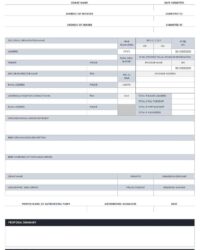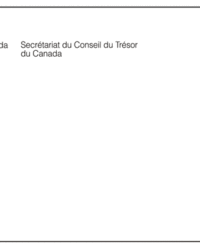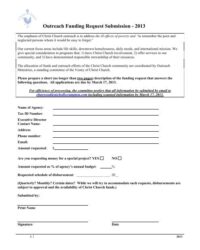Starting with a pre-built structure saves time and effort by eliminating the need to create a document from scratch. It also promotes clarity and focus, ensuring all necessary information is presented logically and persuasively. Furthermore, a standardized format enhances readability for grant reviewers, potentially improving the chances of securing funding.
The following sections will delve into the specific components of these valuable documents, offering practical advice on how to effectively complete each section and increase the competitiveness of your submission.
Key Components of a Grant Application Template
Successful grant applications rely on a clear, comprehensive, and compelling presentation of information. A structured template ensures all essential elements are included and presented effectively. The following components are typically found in a standard template.
1. Executive Summary: This concise overview provides a snapshot of the project, highlighting its purpose, significance, and requested funding amount. It serves as the first impression and should capture the reviewer’s attention.
2. Needs Statement: This section articulates the problem or opportunity being addressed and justifies the need for funding. Supporting evidence, such as statistics or research findings, strengthens the argument for support.
3. Project Description: This detailed explanation outlines the project’s goals, objectives, activities, and expected outcomes. It should clearly demonstrate how the project will address the identified need and achieve measurable results.
4. Organizational Background: This section provides information about the applying organization, including its mission, history, and relevant experience. It establishes credibility and demonstrates the organization’s capacity to manage the grant effectively.
5. Budget: A detailed budget outlines all project expenses, including personnel, equipment, supplies, and other costs. It should be realistic, justifiable, and aligned with the project’s activities and objectives.
6. Evaluation Plan: This component describes how the project’s success will be measured and reported. It should include specific metrics, data collection methods, and reporting timelines.
7. Sustainability Plan (Optional but recommended): This section addresses the long-term viability of the project beyond the grant funding period. It outlines strategies for securing future funding or generating revenue to sustain the project’s impact.
By addressing these key components thoroughly and thoughtfully, applicants significantly increase their prospects for securing funding and achieving their project goals. A well-crafted application demonstrates a clear understanding of the problem, a well-defined solution, and the capacity to manage the grant effectively, inspiring confidence in potential funders.
How to Create a Blank Grant Application Template
Developing a versatile template for grant applications provides a foundation for seeking funding from various sources. A well-structured template ensures consistency and completeness, streamlining the application process.
1. Define the Core Components: Begin by identifying the essential sections, such as an executive summary, needs statement, project description, organizational background, budget, evaluation plan, and sustainability plan. These components provide a framework for organizing crucial information.
2. Structure Each Section: Within each component, create clear headings and subheadings to guide the user. Use concise prompts or questions to elicit specific information relevant to each section.
3. Incorporate Formatting Elements: Use formatting features like bullet points, numbered lists, and tables to enhance readability and organization. Consistent formatting ensures a professional and accessible document.
4. Develop Budget Templates: Include separate budget templates with categories for personnel, equipment, supplies, and other expenses. These templates provide a structured approach to cost estimation and justification.
5. Design Evaluation Metrics: Outline key performance indicators (KPIs) and metrics to track project progress and outcomes. Pre-defined metrics ensure consistency in evaluation and reporting.
6. Ensure Flexibility: The template should be adaptable to the specific requirements of different funders. Consider including optional sections or prompts that can be tailored to individual grant applications.
7. Test and Refine: Pilot test the template with colleagues or potential applicants to identify areas for improvement. Feedback can enhance clarity, usability, and overall effectiveness.
8. Regularly Review and Update: Periodically review and update the template to reflect changes in funding priorities, reporting requirements, or best practices. This ensures the template remains a relevant and valuable tool.
A comprehensive and well-designed template simplifies the grant writing process, promotes consistency, and increases the likelihood of submitting competitive applications. By incorporating these steps, organizations can create a valuable resource for securing funding and achieving their programmatic goals.
A well-designed, comprehensive pre-structured document for grant applications offers a crucial tool for organizations seeking funding. It provides a framework for presenting information clearly, concisely, and persuasively, increasing the likelihood of a successful outcome. From the initial needs statement to the final evaluation plan, a structured approach ensures all essential components are addressed, enhancing the application’s competitiveness and demonstrating a clear understanding of the project’s scope and potential impact.
Leveraging such a resource empowers organizations to pursue funding opportunities strategically, contributing to their long-term sustainability and enabling them to achieve their mission-driven goals. The effective use of these documents represents a significant step toward securing essential resources and maximizing the potential for positive change.


